
Premier Li Qiang (fifth from right) and leaders of Japan, the Republic of Korea and member states of the Association of Southeast Asian Nations pose for a group photo ahead of the 27th ASEAN Plus Three Summit in Vientiane, the capital of Laos, on Thursday. (PROVIDED TO CHINA DAILY)
China and the Association of Southeast Asian Nations announced on Thursday the substantial conclusion of negotiations on the Version 3.0 China-ASEAN Free Trade Area, as Premier Li Qiang and leaders of the 10-member regional grouping met for an annual meeting in Vientiane, the capital of Laos.
China and ASEAN agreed that the latest progress demonstrates that the two sides are steadfast in upholding a rules-based trade environment and are committed to deepening economic integration and pragmatic cooperation amid the complex international landscape, according to the Ministry of Commerce.
Addressing the 27th China-ASEAN Summit, Li said this important outcome provides institutional safeguards for China and ASEAN, two major markets with over 1.4 billion and 600 million people, respectively, to build their super-sized markets together.
"The super-sized markets are the greatest underpinning for our economic prosperity, and strengthening market connectivity is an important direction for our further cooperation," he said.
As weak global demand becomes more pronounced, the market has become the most scarce resource in economic development today, Li said, noting that the CAFTA 3.0 is a significant step in spearheading East Asian economic integration.
He expressed Beijing's readiness to work with ASEAN in creating a multidimensional connectivity network to enable unimpeded development for Asia.
China would like to enhance railway, port and other infrastructure cooperation with ASEAN, expedite the signing and implementation of the Version 3.0 China-ASEAN Free Trade Agreement, and strengthen linkage among cross-border payment systems, among other things, Li said.
The premier also called on the two sides to expand cooperation in emerging industries to enhance the sustainability of growth for Asia.
"China would like to join hands with ASEAN to seize the opportunities of the new round of technological revolution and industrial transformation, and tap the cooperation potential in such areas as the digital economy and green development," he said.
With the creation of the China-ASEAN Free Trade Area in 2010 and its upgrade to CAFTA 2.0 in 2019, the two sides have witnessed a significant increase in two-way trade, with the figure totaling $552 billion in the first seven months of this year.
China has been ASEAN's largest trading partner for 15 consecutive years, and ASEAN became China's top trading partner in 2020.
Negotiations for CAFTA 3.0 began in November 2022, focusing on areas such as reducing nontariff barriers, increasing connectivity, and promoting both the digital and green economies.
At a time when the world economy has stagnated and China-US trade frictions continue, CAFTA 3.0 will enable East Asia to gain more initiative in international economic cooperation and even set an example for regional economic integration and global governance reform, experts said.
Li Guanghui, dean of academic affairs at Guangxi University's China-ASEAN School of Economics, said that the cooperation in the areas involved in CAFTA 3.0, such as the digital economy, the green economy, supply chain connectivity and high-tech, will help promote new developments in mutual trade, investment and service trade between China and ASEAN.
The Chinese premier also attended an annual leaders' meeting between ASEAN and China, Japan and the Republic of Korea on Thursday, at which he emphasized the need to strengthen the Asian consciousness.
Addressing the 27th ASEAN Plus Three Summit in Vientiane, he said that Asian countries value independence and the affairs of Asia should be handled through consultation by the people of Asia, and Asia's fate must be in its own hands.
China is ready to work with ASEAN, Japan, the ROK and other Asian countries to uphold the Asian consciousness, carry forward Oriental wisdom, and steadily move forward toward building an Asia of peace and tranquility, common prosperity, openness and interconnectivity.








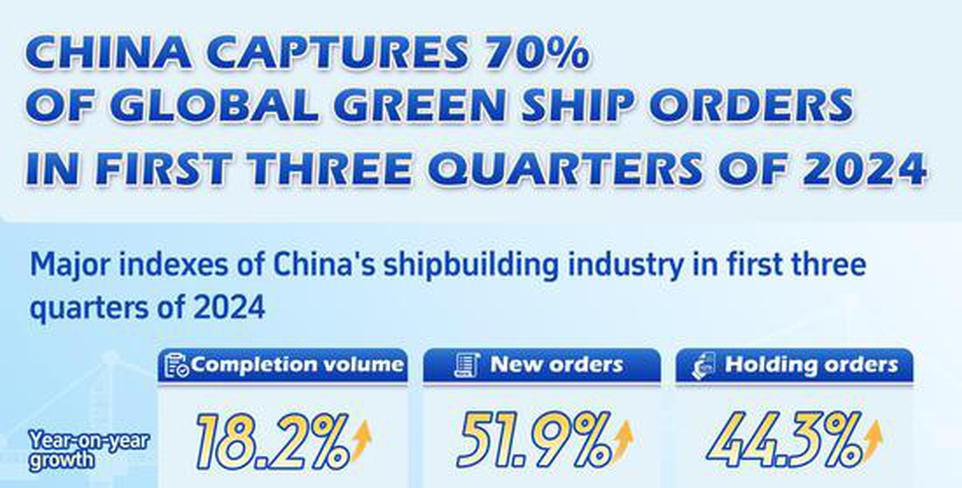

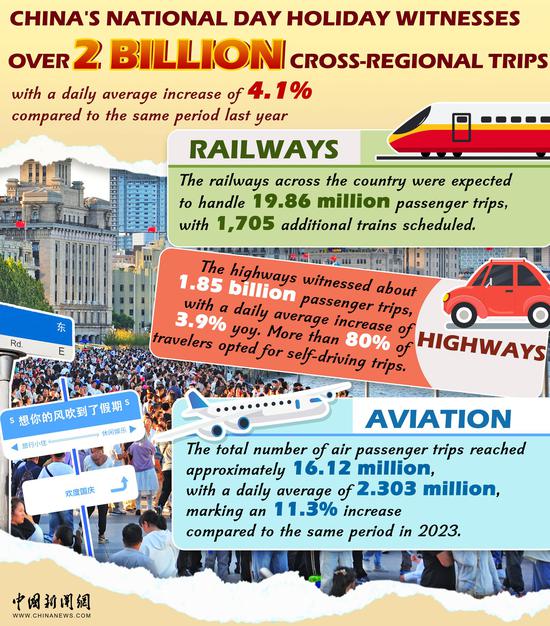
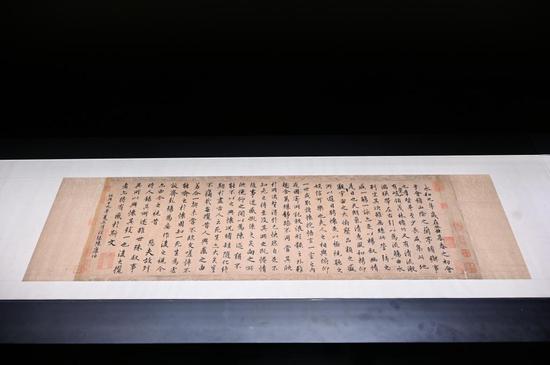


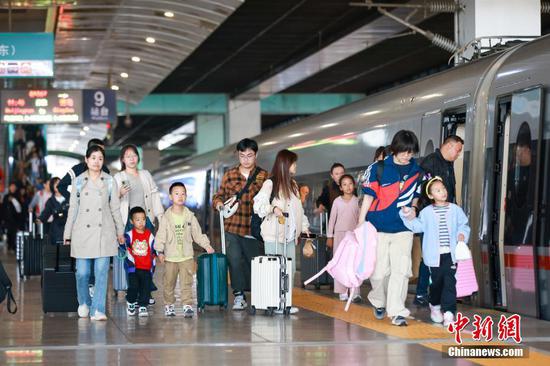
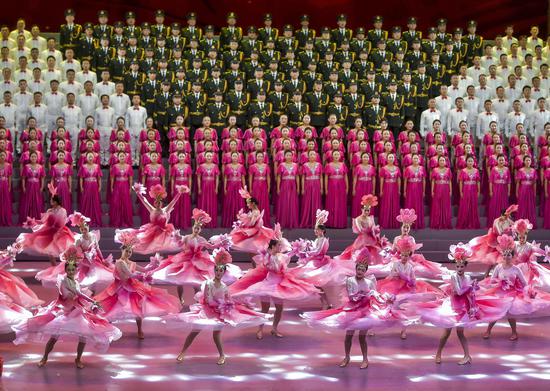


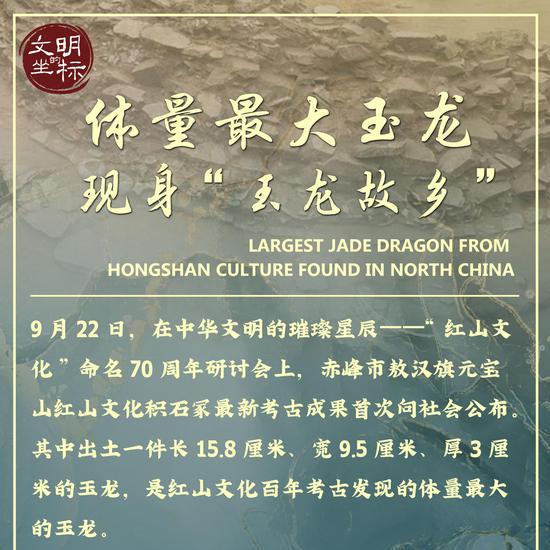


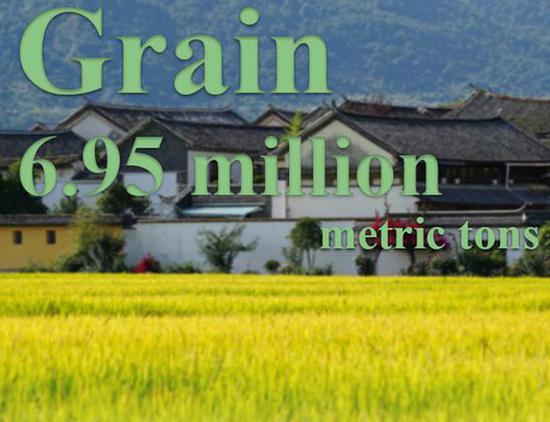






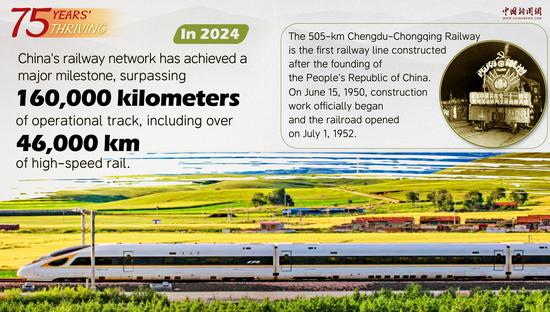
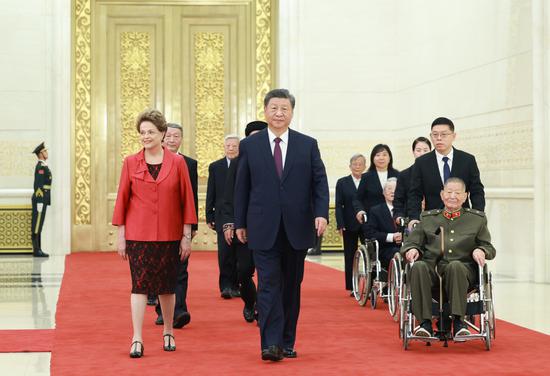


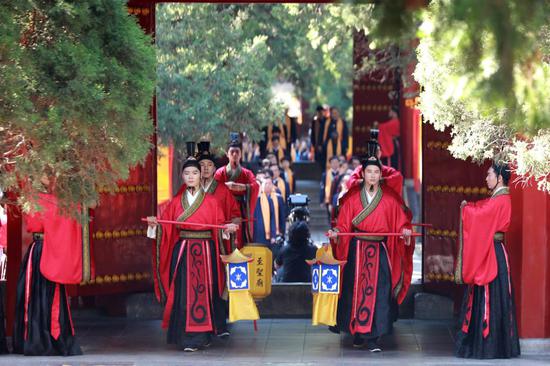


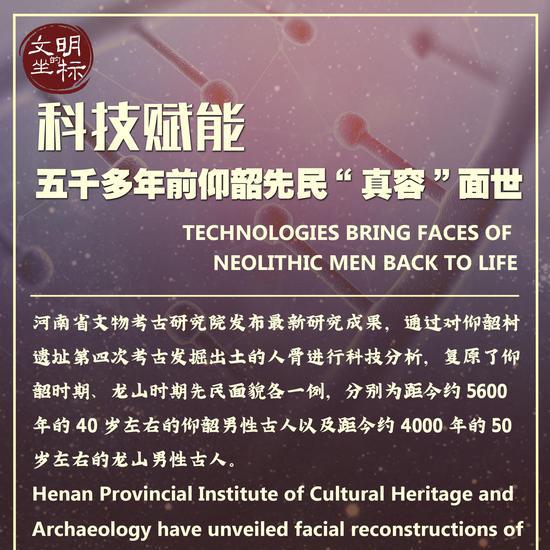
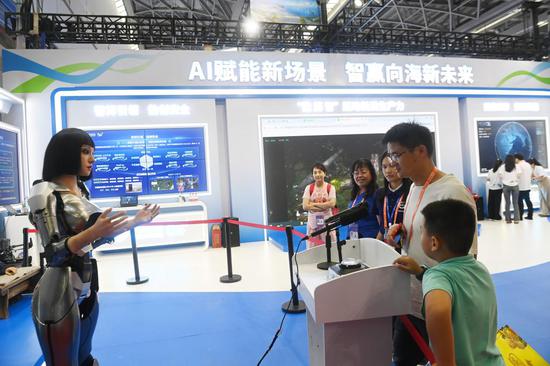
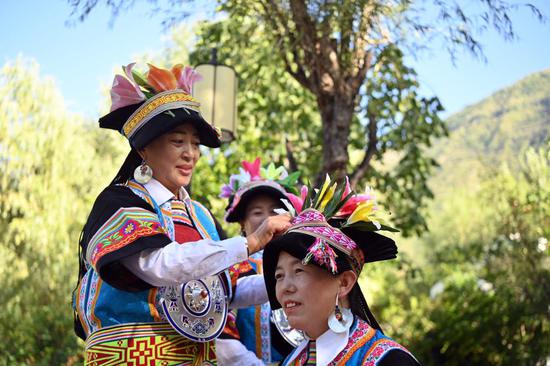








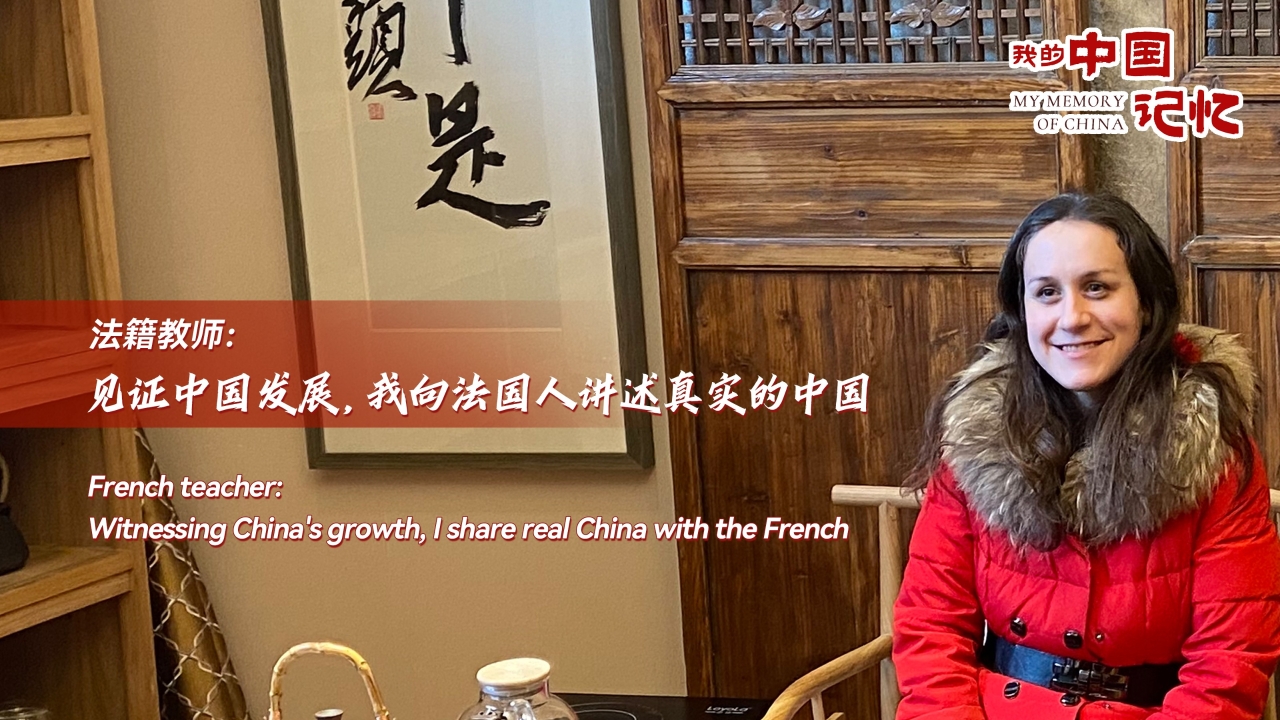


 京公网安备 11010202009201号
京公网安备 11010202009201号